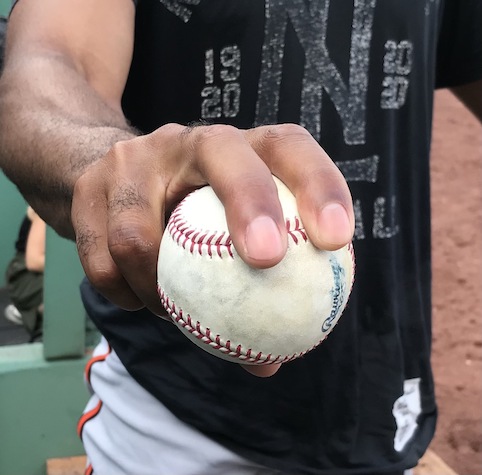2022 ZiPS Projections: Baltimore Orioles
After having typically appeared in the hallowed pages of Baseball Think Factory, Dan Szymborski’s ZiPS projections have now been released at FanGraphs for a decade. The exercise continues this offseason. Below are the projections for the Baltimore Orioles.
Batters
The history of the post-Earl Weaver Orioles has not been a happy one. Over his first stint with Baltimore, from 1968 to ’82, they were the winningest team in baseball, with 1,570 total wins, and averaged four wins per season more than the next-best team, the Reds, during that stretch. At no time during this era did the O’s finish below .500, and that even leaves out their last World Series championship in 1983. Weaver wasn’t just one of the best managers in baseball, but a very modern manager who used what analytics were available at the time.
But the failure of the O’s isn’t just a failure of managing. Weaver was great, but the team’s assembly line of young talent was a pivotal piece to the puzzle. While there are certainly some notable successes, the Orioles simply haven’t produced that much talent over the last 20–30 years. It certainly didn’t help that they placed a low priority on finding talent in Latin America for a long time, depriving them of a source that pretty much everyone else in baseball happily accessed. Read the rest of this entry »

